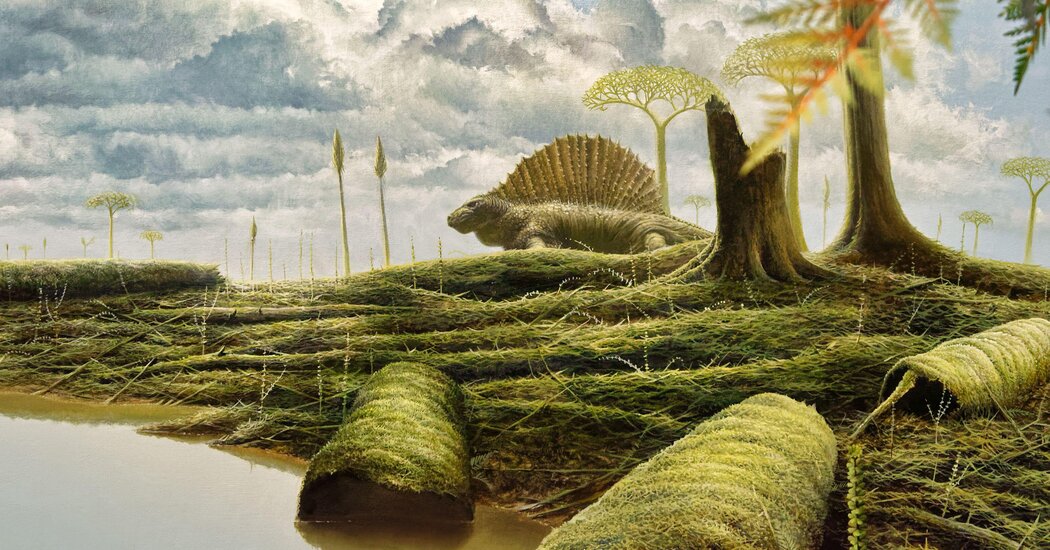
At times during the past half-billion years, carbon dioxide warmed our planet more than previously thought, according to a new reconstruction of Earth’s deep past.
Over the past 500 million years, our planet has gone from hot to cold to hot again. The oceans have risen and fallen. Ice caps have melted and reformed. It is a story with several acts, and sunlight and carbon dioxide are the main players.
The better scientists can reconstruct the climate’s story so far, the better they might predict how it will play out in the future, now that there’s a major new character on the scene: humans.
In a study published Thursday, a team of researchers presents a sweeping new account of this history, one that combines geological evidence with predictions from computer models of the global climate.
Their picture of Earth’s deep past is a much toastier one than other studies have painted, particularly during periods when carbon dioxide levels were high.
With all the carbon dioxide that humans are now pumping into the atmosphere by burning fossil fuels, the new findings suggest that temperatures could rise more than expected over the coming millenniums, said the study’s lead author, Emily J. Judd, a climate research analyst at the National Institute of Water and Atmospheric Research in New Zealand.
“We’re not saying it’s going to heat up immediately,” Dr. Judd said. But “in the long term, the planet will likely get warmer than we previously thought.”
We are having trouble retrieving the article content.
Please enable JavaScript in your browser settings.
Thank you for your patience while we verify access. If you are in Reader mode please exit and log into your Times account, or subscribe for all of The Times.
Thank you for your patience while we verify access.
Already a subscriber? Log in.
Want all of The Times? Subscribe.
